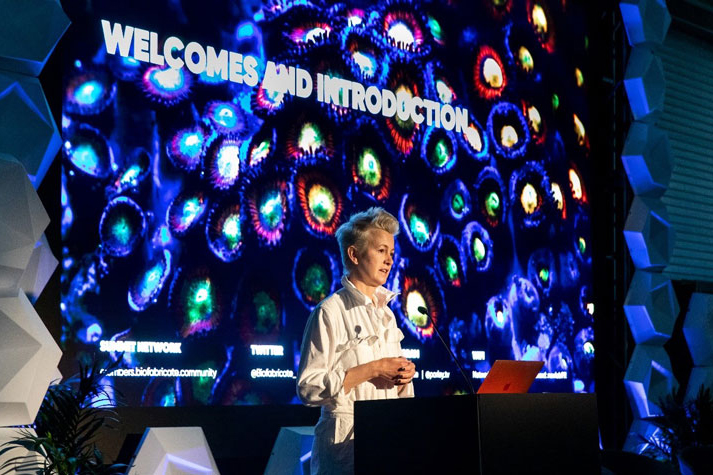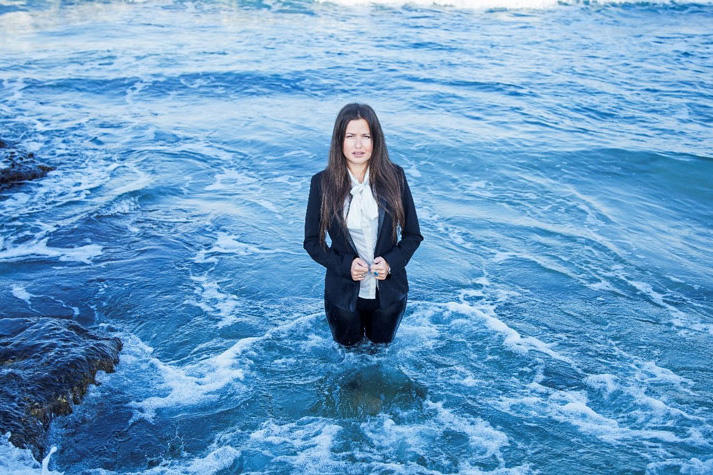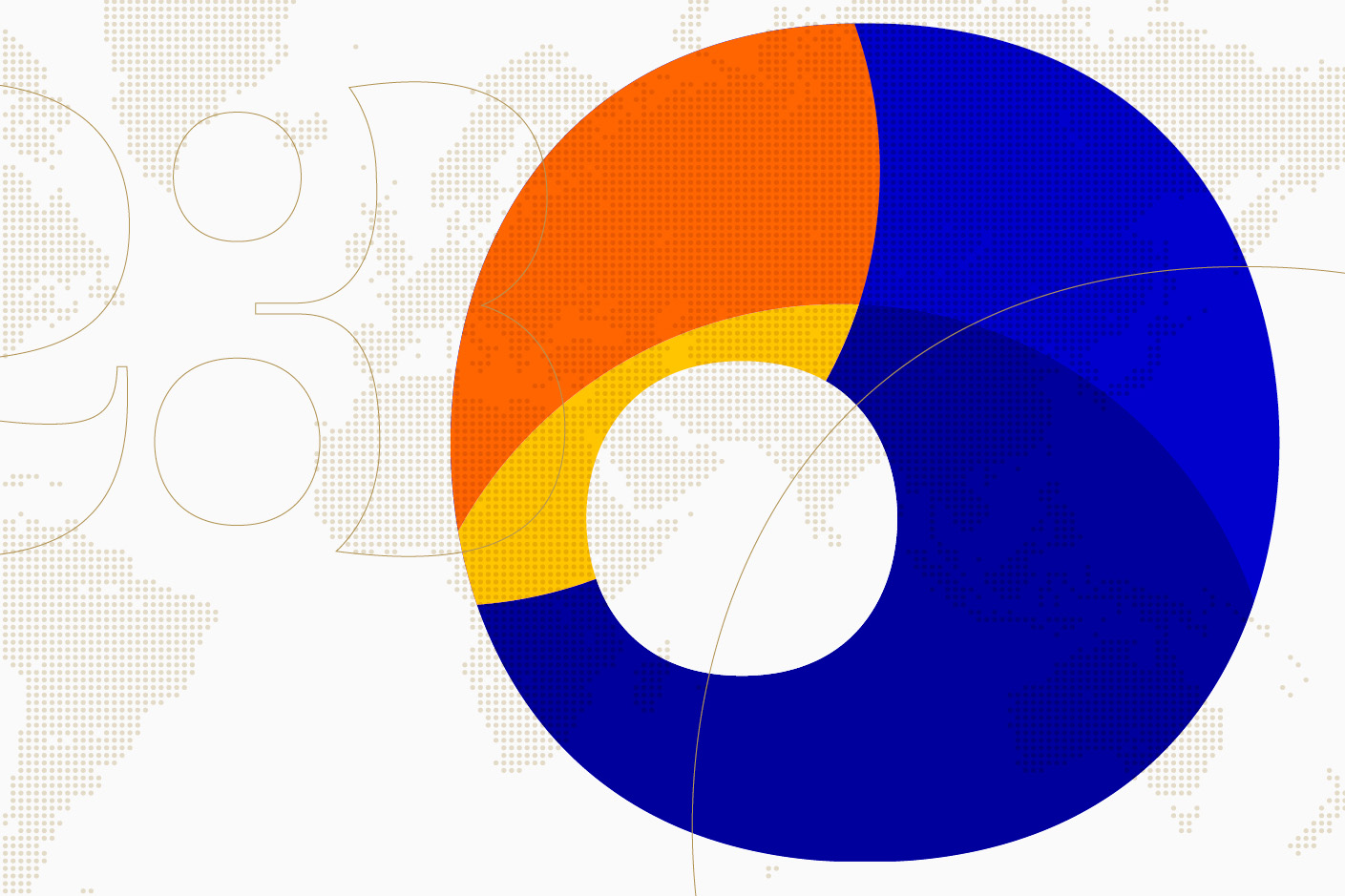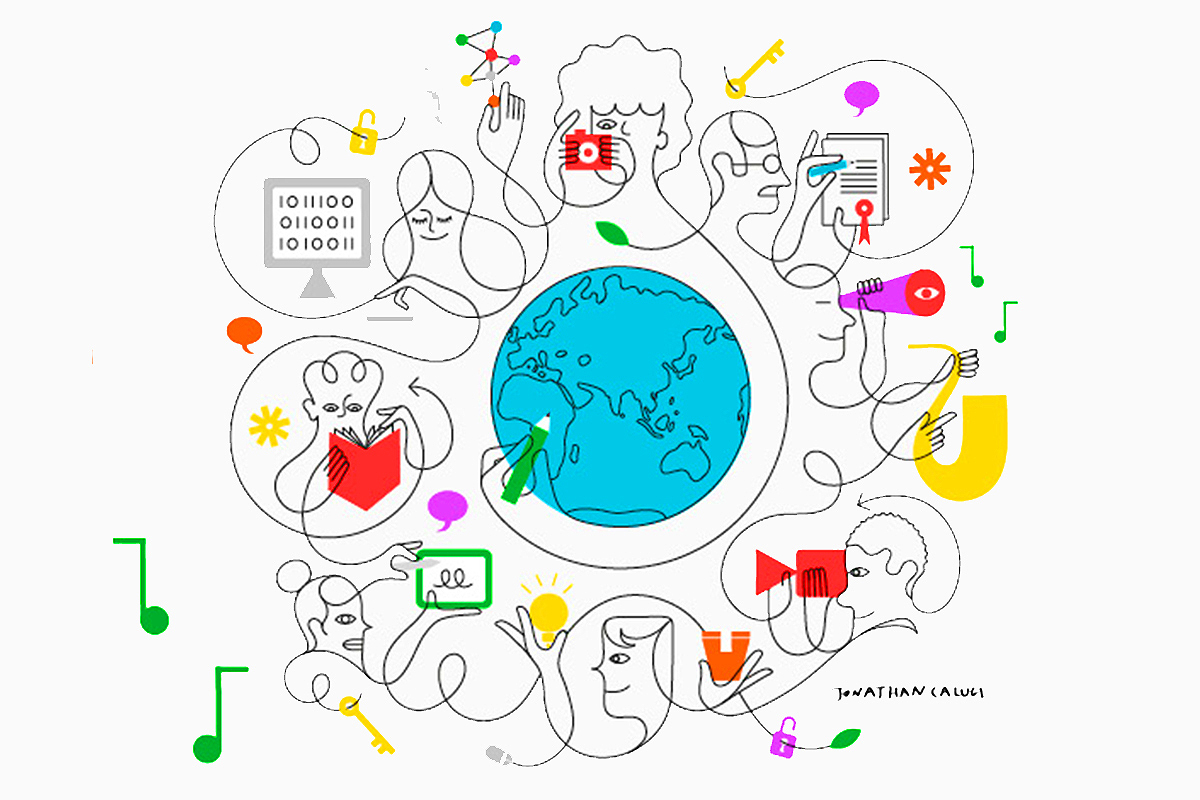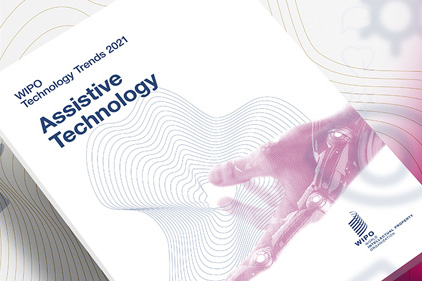Biofabricate CEO Suzanne Lee spoke with WIPO about her multiple patents and her road to biofabrication and why we must take microorganisms seriously as the fabric of the future.
Intellectual and Cultural Property
Amid growing climate concerns and energy price hikes, there is growing interest in renewables to meet out energy needs. A pioneering technology that harnesses the power of the waves to generate electricity, offers a promising new source of affordable, clean energy. Inna Braverman, co-founder and CEO of Eco Wave Power and a leading expert in renewable energy is committed to changing “the world one wave at a time.” She discusses the critical importance of intellectual property to the company with WIPO and encourages women to believe in themselves and to pursue their ambitions.
WIPO presents Aisha Bowe, who will make history as the first black woman to travel to space with Blue Origin - as a rocket scientist and entrepreneur, Aisha knows to protect intellectual property.
WIPO calls for applicants for the 2023 Global Awards program, seeking small and medium-sized enterprises candidates that use intellectual property (IP)-backed innovation and creativity.
The recent success of Running Up That Hill thanks to TV show Stranger Things, shows how important it is for artists to manage their rights effectively, in particular, by registering their works.
Innovation in transport-related hydrogen fuel cells has boomed for the technology that can power vehicles without the emissions that contribute to global climate change, a new WIPO report shows.
The youth of today are an incredible and largely untapped source of creativity and ingenuity. There are around 1.8 billion young people in the world today. Young people, as natural agents of change, are stepping up to innovation challenges, using their energy and ingenuity, their curiosity and creativity towards a better future. World Intellectual Property Day 2022 is an opportunity for young people to find out how IP rights can support their goals, help transform their ideas into reality, generate income, create jobs and make a positive impact on the world around them.
Take the WIPO virtual tour around the world to discover examples of global geographical indications - signs linking products to a specific place of origin, a certificate of authenticity.
Misplacing personal possessions is a universal phenomenon. Looking to provide a new solution to this age-old problem, a Tokyo-based startup developed a smart tracking tag and app to help people keep track of their belongings.
WIPO reports on how luxury goods markets find robust intellectual property portfolios behind famous brands, which tend to be worth a substantial amount of the entire companies.
World Intellectual Property Day 2021 shines a light on the critical role of small and medium-sized enterprises in the economy and how intellectual property (IP) rights can build stronger, more competitive and resilient businesses. In 2000, WIPO's member states designated April 26 – the day on which the WIPO Convention came into force in 1970 – as World IP Day. Since then, the Day has offered a unique opportunity to join with others around the globe to consider how IP contributes to the flourishing of music and the arts and to driving the technological innovation that helps shape our world.
According to the WIPO Technology Trends Report 2021: Assistive Technologies, over 1 billion people currently need assistive technology - a figure expected to double in the next decade as populations age. At the same time, consumer electronics and assistive products are converging, meaning even greater commercialization of these technologies. The report shows that innovations, ranging from small improvements to cutting-edge developments in frontier technologies, can improve the lives of persons with functional limitations.
Cambodia has recorded Kampot Pepper as the first geographical indication registered via the WIPO, protecting its geographic origin.
The annual World Intellectual Property Indicators Report collects and analyzes intellectual property (IP) data from some 150 national and regional offices to inform on macro trends in innovation and creativity. The report's 2019 figures, which pre-date the COVID-19 pandemic, underline the long-building growth in demand for the intellectual property tools that incentivize an increasingly global and digital-focused economy, said WIPO Director General Daren Tang.
The WIPO Arbitration and Mediation Center has registered its 50,000th “cybersquatting” case, a major milestone capping two decades of pro-consumer activity ensuring Internet users can easily find genuine sites for the brands they love and trust. The Uniform Domain Name Dispute Resolution Policy (UDRP) is at the heart of WIPO’s anti-cybersquatting service. It was created in 1999 by WIPO and is used by brand owners around the world to combat abuse of their trademarks in domain names.

